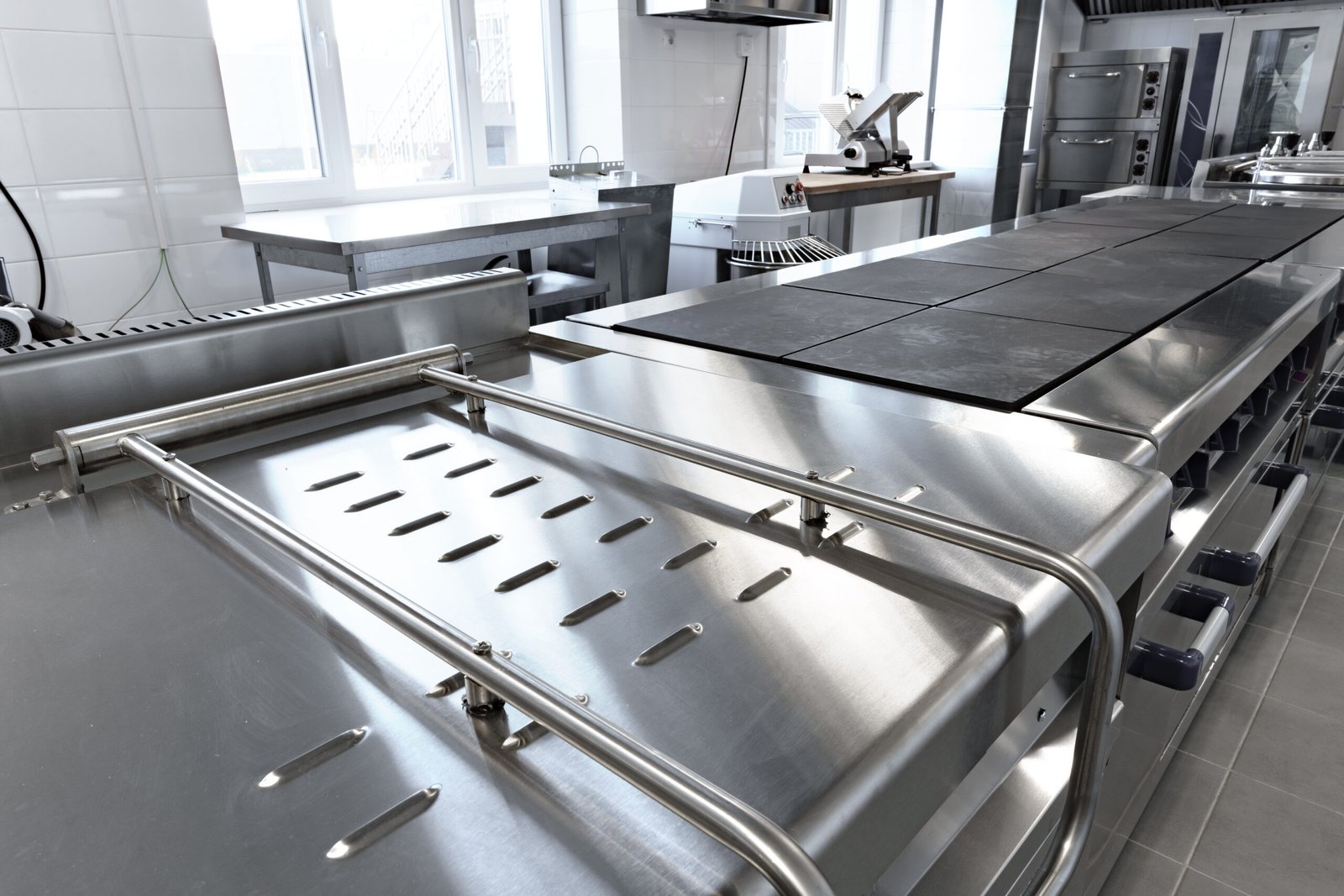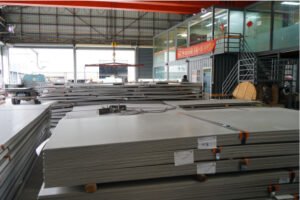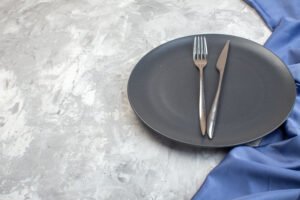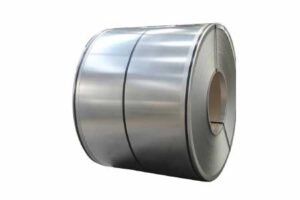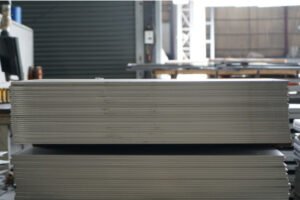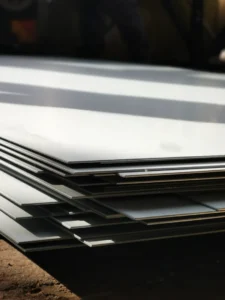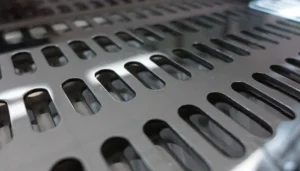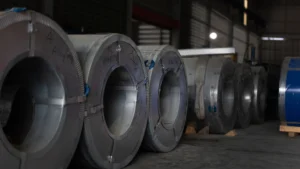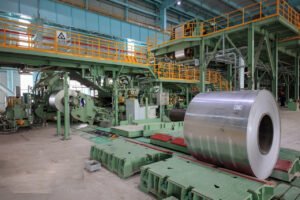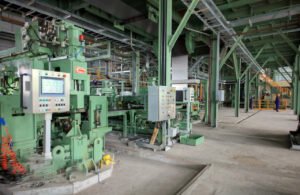5-Step Protocol for Stainless Steel Plate Export Inspection
Exporting steel with inconsistent quality? This risks costly returns and damages your reputation. Our rigorous 5-step protocol ensures every plate meets global standards, building unbreakable trust with your partners.
A 5-step stainless steel plate export inspection protocol is a systematic quality assurance process. It covers visual checks, dimensional verification, surface analysis, material testing, and final documentation review. This ensures every shipment meets international standards and client specifications before it leaves the factory.
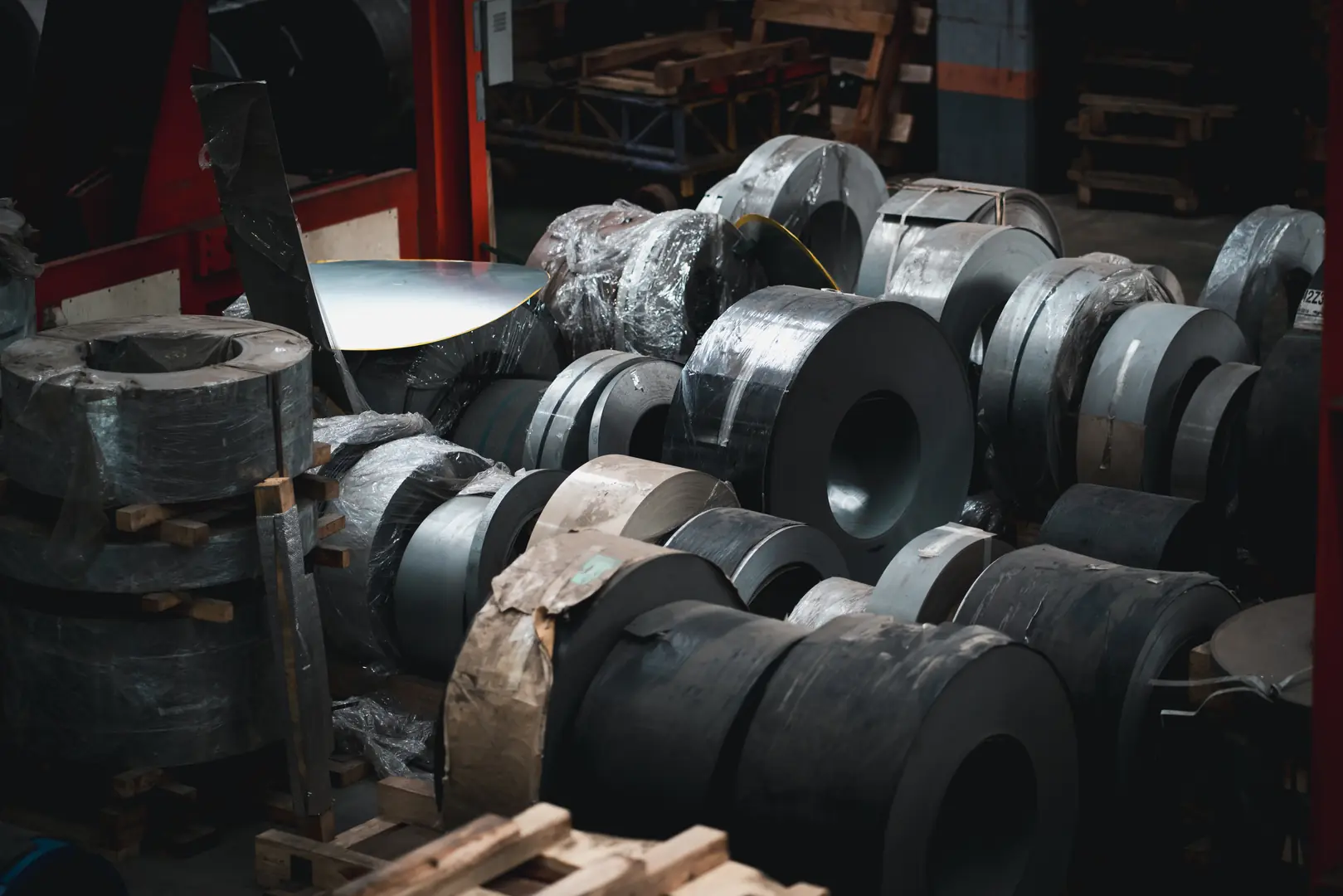
At MFY, we don't just see this as a checklist. We see it as our promise to you. For years, I've seen how a disciplined inspection process can be the single most important factor in a successful international partnership. It’s not just about catching defects; it’s about proactively building confidence. Let’s walk through each step of the process I personally oversee to guarantee the integrity and performance of every stainless steel plate we ship.
What Does the Initial Visual Inspection of Stainless Steel Plates Involve?
Worried about obvious flaws being missed? A simple glance isn't enough for export quality. Our initial visual check is a meticulous first line of defense against surface imperfections.
The initial visual inspection is a critical first assessment of the stainless steel plate's overall condition. It involves checking for obvious surface defects like scratches, rust, discoloration, and inconsistencies in the finish under proper lighting, ensuring the product's aesthetic and basic integrity.
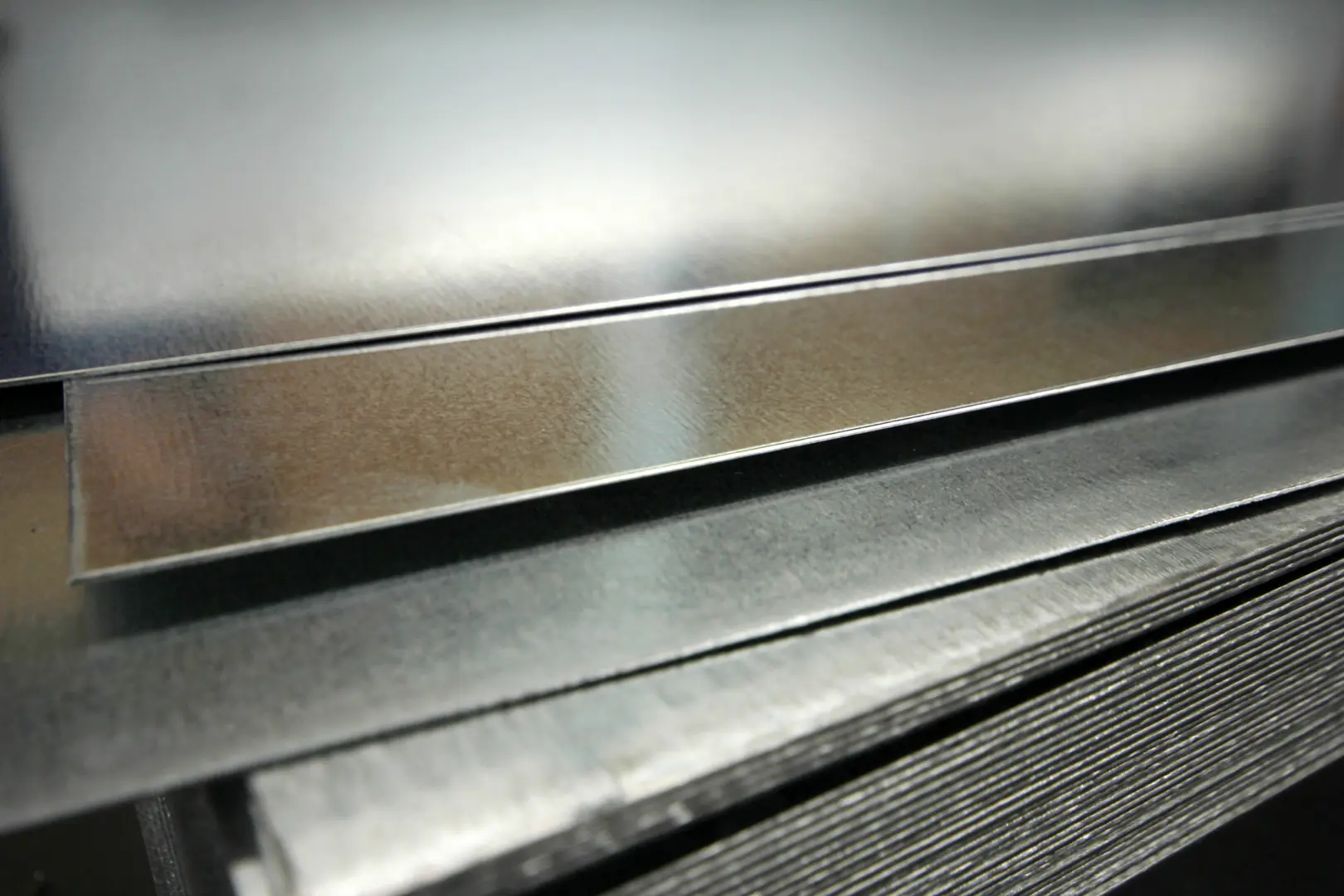
This first step is foundational to our entire quality promise. It's where the human element—the trained eye of an experienced inspector—plays a crucial role. We don't rush this. I remember a case early in my career where a small, almost invisible surface stain, missed during a hurried visual check at another company, caused a huge issue with a client in the food processing industry. That taught me that this first step is non-negotiable and sets the tone for the entire inspection. It's our first opportunity to demonstrate our commitment to excellence.
The Inspector's Checklist
Our inspectors are trained to look for a specific set of potential issues that can arise during production and handling. This isn't a casual walkthrough; it's a systematic scan under controlled lighting conditions. They check for:
- Uniformity: Is the color and finish consistent across the entire plate?
- Surface Damage: Are there any scratches, dents, or gouges from handling?
- Contamination: Are there signs of rust, oil stains, or other foreign materials?
- Edge Quality: Are the edges clean-cut and free from burrs or cracks?
This initial check acts as a filter. If a plate doesn't pass this fundamental stage, it's immediately flagged for further review or rejection, preventing a flawed product from ever moving down the line. It’s the first handshake in our quality assurance relationship with our clients.
Why is Dimensional and Thickness Verification Crucial?
Do your plates fit perfectly every time? Dimensional errors cause massive project delays and costs. We use precision tools to guarantee every plate meets your exact specifications.
Dimensional and thickness verification ensures that every stainless steel plate conforms to the precise length, width, and thickness specified in the order. Using calibrated tools like micrometers and calipers, this step guarantees material consistency, which is vital for manufacturing and construction applications.

In industries like construction and heavy equipment manufacturing, precision isn't a luxury; it's a core requirement. A plate that is even a millimeter off can compromise the structural integrity of an entire project. This is where we move from qualitative assessment to hard, quantitative data. We see this step not just as a quality check, but as a strategic driver for building trust. By providing precise, verifiable data, we empower our clients. We use calibrated digital micrometers, calipers, and ultrasonic thickness gauges to measure multiple points on each plate. This data isn't just jotted down; it's logged into our digital traceability system. This means for any plate we ship, we can provide a complete dimensional record, offering our partners an unparalleled level of transparency and assurance.
Tolerance is Everything
Every project has its own set of acceptable tolerances. We work closely with our clients to understand their specific needs and ensure our products fall well within them. Below is a simplified table illustrating typical thickness tolerances we adhere to.
| Nominal Thickness (mm) | Permissible Tolerance (+/- mm) |
|---|---|
| 3.0 - 5.0 | 0.30 |
| 5.0 - 8.0 | 0.40 |
| 8.0 - 15.0 | 0.50 |
| 15.0 - 25.0 | 0.60 |
By strictly controlling these dimensions, we prevent costly rework, delays, and material waste for our customers. This is how we help them maintain their competitiveness.
How Do We Analyze Surface Finish and Defects?
Is your surface finish truly consistent? Minor defects can ruin the final product's appearance and performance. Our detailed analysis catches what the naked eye might miss.
Surface finish and defect analysis goes beyond the initial visual check. It uses specialized lighting, profilometers, and sometimes non-destructive testing (NDT) to meticulously inspect for subtle defects like pits, roll marks, or inconsistencies in finishes like 2B, No. 4, or BA.

For many of our partners, the surface finish is just as important as the material's structural properties. Think of high-end architectural panels or commercial kitchen equipment—the aesthetic is paramount. This step dives deep into the micro-level quality of the surface. I once worked with a client in Germany who manufactured premium kitchen appliances. They needed a flawless No. 4 brushed finish, and even the slightest variation in the grain was unacceptable. To meet their standard, we moved beyond simple visual checks and incorporated surface profilometry[^1]. This allowed us to give them a quantifiable report on the surface roughness (Ra value) for each batch, providing objective proof that we were meeting their stringent requirements. This level of detail built immense confidence and solidified our partnership.
Advanced Inspection Techniques
We employ several methods to ensure a perfect finish:
- Controlled Lighting: Using angled and high-intensity lighting helps reveal subtle imperfections like pits or roll marks that are invisible under normal light.
- Surface Profilometry: This technique uses a high-precision stylus to measure the surface at a microscopic level, providing data on its roughness and consistency.
- Non-Destructive Testing (NDT): For critical applications, we can use methods like liquid penetrant testing to identify surface-breaking defects that are too small to see.
This rigorous analysis ensures that the product you receive not only performs perfectly but also looks the part, reflecting the quality of your own brand.
What are the Key Mechanical and Chemical Testing Procedures?
Can you trust the material's grade and strength? Mismatched specs can lead to catastrophic failures. Our in-house lab testing verifies the exact chemical and mechanical properties.
Key testing procedures include Positive Material Identification (PMI) to verify the chemical composition and grade (e.g., 304 vs. 316L). Mechanical tests like tensile and hardness tests confirm the material's strength and durability, ensuring it performs as expected under stress.

This is where we validate the very essence of the material. A plate might look perfect and measure correctly, but if its chemical composition or mechanical strength is wrong, the consequences can be severe. Because MFY has a fully integrated supply chain, we have complete control and visibility from raw material to finished product. Our on-site laboratory is equipped with advanced spectrometers for Positive Material Identification (PMI). We test every batch to confirm it matches the required grade. For a client in the marine industry, the distinction between 304 and 316L stainless steel is the difference between a long-lasting component and one that fails prematurely due to corrosion. Our detailed test reports provide them with the certainty they need.
Verifying Performance Under Pressure
We conduct both chemical and mechanical tests to provide a complete picture of the material's integrity.
| Test Type | Purpose | Key Metrics Checked |
|---|---|---|
| Chemical | To verify the alloy grade (e.g., 304, 316L, 430) | % of Chromium (Cr), Nickel (Ni), Molybdenum (Mo) |
| Tensile | To measure the material's strength under tension | Ultimate Tensile Strength (UTS), Yield Strength |
| Hardness | To determine resistance to indentation and deformation | Rockwell or Brinell Hardness Number |
This data is not just for our internal records; it forms the core of the Mill Test Certificate (MTC)[^2] that accompanies every shipment, giving our clients a certified guarantee of the material's properties.
What is the Final Step in Documentation and Compliance?
Facing customs delays due to paperwork errors? Incomplete documentation can halt your entire shipment. Our final check ensures every certificate and report is perfect and compliant.
The final documentation and compliance check involves compiling and verifying all necessary paperwork. This includes the Mill Test Certificate (MTC), inspection reports, packing lists, and commercial invoices, ensuring full compliance with the buyer's requirements and international trade regulations.
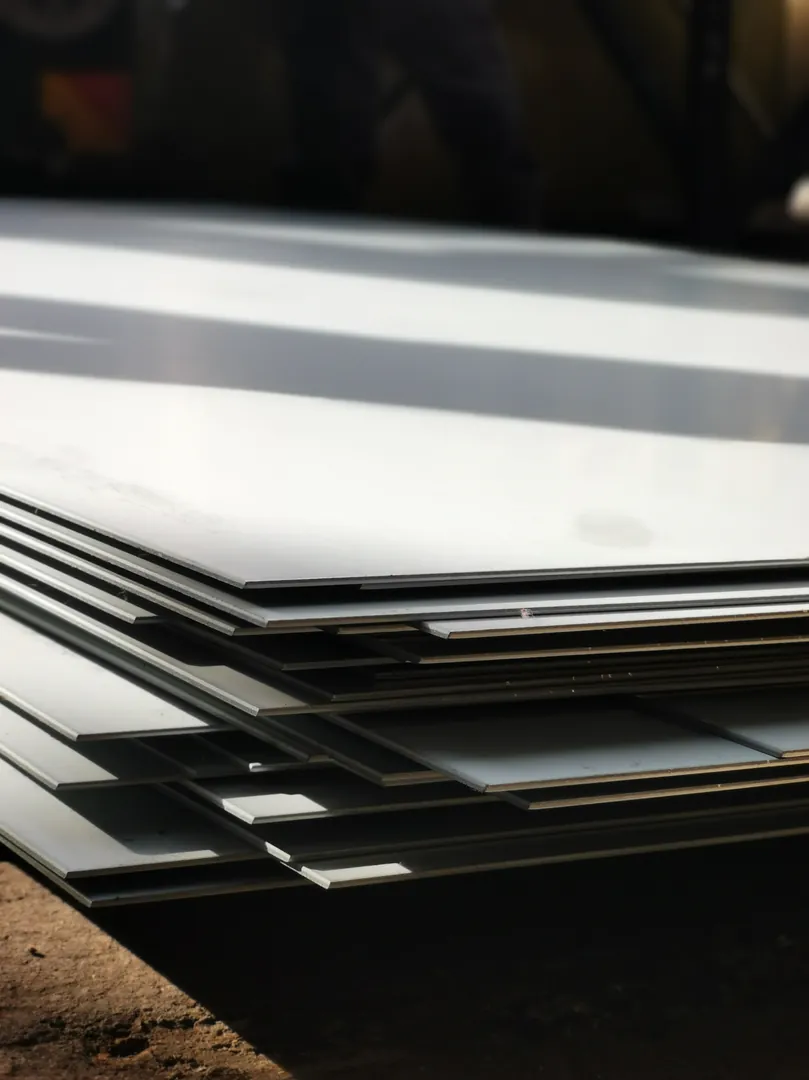
The best steel in the world is useless if it's stuck at a port. This final step is the bridge between our factory floor and your project site. We treat documentation with the same precision as we do our steel. This isn't just about bureaucracy; it’s the final piece of the quality promise, ensuring a smooth and predictable delivery. We've invested heavily in digital systems to streamline this process. For every order, we create a comprehensive digital package that includes the MTC, all our internal inspection reports with data and images, the packing list, and the final invoice. This package is shared with our clients in real-time through a secure portal. This transparency eliminates last-minute surprises and gives our partners the information they need to manage their logistics effectively. It transforms the inspection protocol from a simple quality check into a tool for strengthening relationships and accelerating the supply chain.
The Essential Document Checklist
Our team meticulously cross-references every detail to ensure 100% accuracy. The final packet always includes:
- Commercial Invoice: Matches the purchase order exactly.
- Packing List: Details the contents, weight, and dimensions of each package.
- Bill of Lading: Confirms the carrier and shipping details.
- Mill Test Certificate (MTC): Provides certified chemical and mechanical test results.
- Certificate of Origin: Verifies the country of manufacture for customs purposes.
This rigorous final check ensures your shipment clears customs without a hitch and arrives with a complete, transparent record of its quality journey.
Conclusion
This 5-step protocol is more than a procedure; it's our commitment to quality and transparency. By rigorously inspecting every plate, we don't just ship steel—we deliver confidence and build lasting partnerships. This is the MFY promise, from our factory to your project.
Have Questions or Need More Information?
Get in touch with us for personalized assistance and expert advice.
